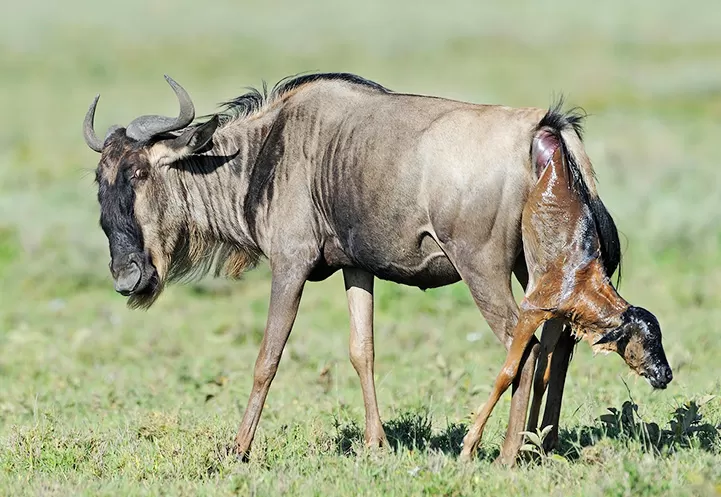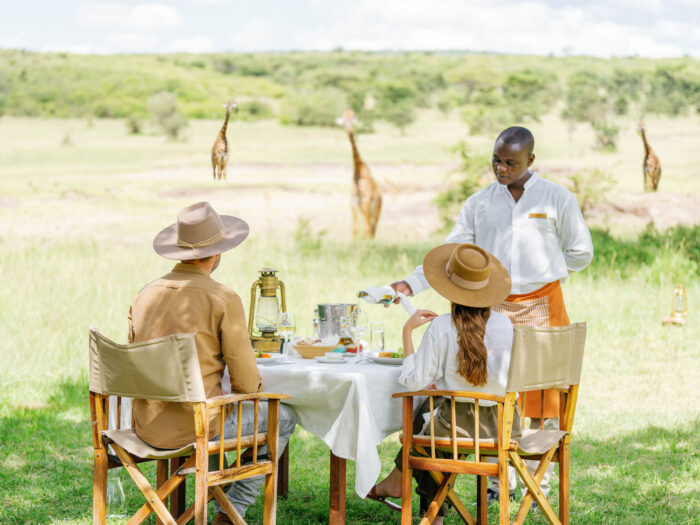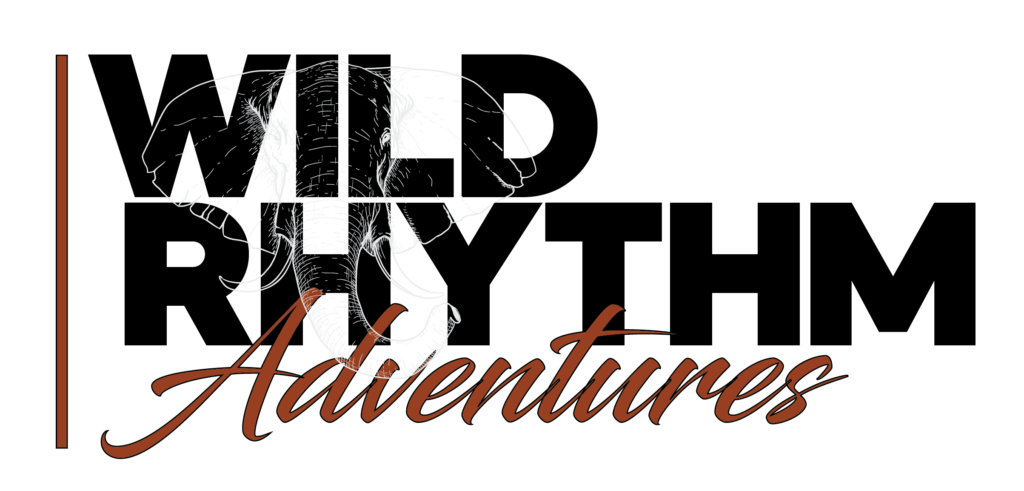- Moshi - Tanzania
- +255 744 916 820
- info@wildrhythmadventures.com
Menu
Mountain Climbing
- Kilimanjaro Climbing
- Mt Meru Climbing
- Ol doinyo lengai
- Zanzibar Vacation
At Wild Rhythm Adventures, one of the most common questions we receive from our guests is: “What is the best time to visit Tanzania?” The answer depends on what you want to experience during your trip. Tanzania is a year-round destination, but each season offers something unique. The dry season, from June to October, is ideal for classic safaris, as wildlife gathers around water sources and the parks are easier to explore. The short rains in November and December bring lush green landscapes and newborn animals, while the calving season in January and February offers dramatic predator-prey action in the southern Serengeti. Even during the long rains from March to May, the scenery is stunning, prices are lower, and the parks are less crowded. Whether you’re looking for peak wildlife viewing, dramatic landscapes, or a quieter safari experience, Wild Rhythm Adventures can help you plan the perfect time to visit Tanzania for your dream safari.
Planning a trip to Tanzania is exciting, but one of the most common questions travelers ask is: “When is the best time to visit?” The answer depends on what you want to experience — from the Great Migration in the Serengeti to a relaxing Zanzibar beach holiday. Tanzania is a year-round destination, but each season offers something unique.
The dry season is the most popular time to visit Tanzania, especially for safaris. Wildlife is easier to spot during these months because animals gather around rivers and waterholes, and the vegetation is less dense. This is also when the Great Migration reaches its most dramatic stage, with wildebeest river crossings in the Serengeti taking place between July and September. The weather is comfortable, with warm days and cooler nights, making it an excellent time to explore parks such as the Serengeti, Ngorongoro Crater, Tarangire, and Lake Manyara. This season is perfect for first-time safari travelers, families, and anyone who wants the best chance to see plenty of wildlife.
The short rains bring a refreshing change to the landscape, transforming the parks into lush, green havens. Wildlife remains easy to see, and the scenery becomes especially beautiful for photography. It is also a quieter time in the parks, with fewer tourists compared to the peak dry season. Another highlight of this period is the chance to see newborn animals, particularly wildebeest calves. Travelers who enjoy vibrant landscapes and a more personal safari experience often find this season especially rewarding.
Between January and February, the southern Serengeti becomes the stage for one of nature’s greatest spectacles — the wildebeest calving season. Thousands of calves are born within just a few weeks, attracting predators such as lions, leopards, and cheetahs. This makes it an incredibly dramatic and action-packed time for safaris. In addition to predator-prey encounters, birdwatching is excellent during these months thanks to the arrival of migratory species. This season is ideal for wildlife enthusiasts and photographers seeking unforgettable moments.
The long rains are generally considered Tanzania’s low season, as the weather can be wet and some roads become muddy. However, this period still offers a rewarding safari experience. The landscapes are lush and green, skies are dramatic, and prices for safaris are at their lowest of the year. With fewer visitors in the parks, it feels more exclusive and peaceful. For budget travelers and photographers who love dramatic scenery, this season can be surprisingly enjoyable.
If your trip includes Zanzibar or the Tanzanian coast, you’ll be glad to know that the beaches are warm and sunny almost all year round. The dry season from June to October is considered the best time for combining a beach holiday with a safari, but November, December, and March are also pleasant, offering sunshine with refreshing breezes. This makes Tanzania’s coastline a flexible destination to include in your travel plans no matter when you visit.
The best time to visit Tanzania really depends on your interests. If you want the classic safari experience, June to October is ideal. For calving and predator action, January and February are unbeatable. If you’re looking for lower prices and fewer crowds, the rainy season offers its own charm. At Wild Rhythm Adventures, we help you plan the perfect safari experience at the best time of year for what you want to see.



